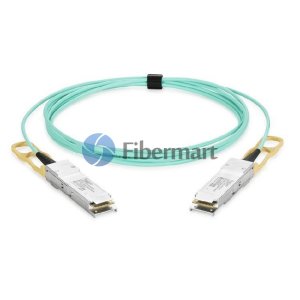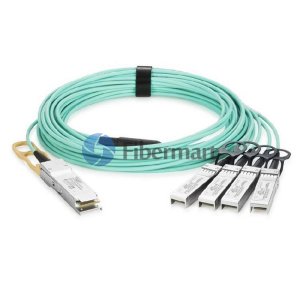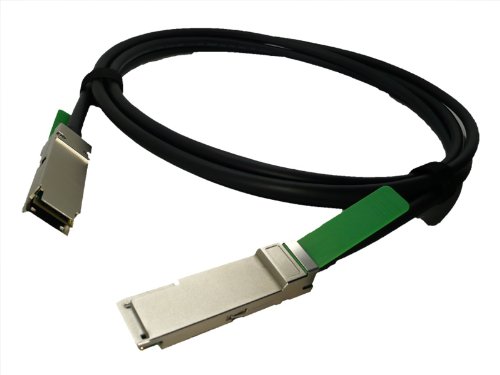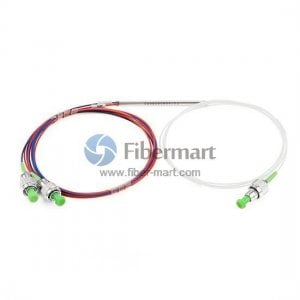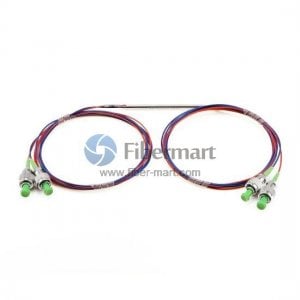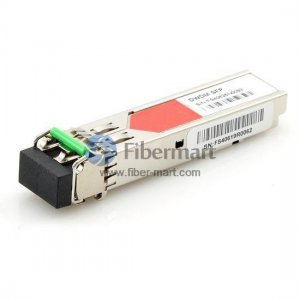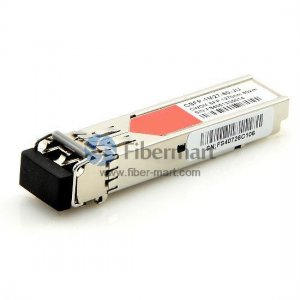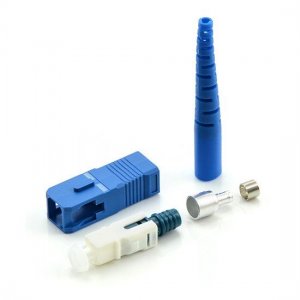
Fiber optic adapter and connectors are essential for connecting fiber optic cables and enabling effective data signal transfer. They serve as an interface between two fibers or between a fiber and an active device like a switch or router. They allow the transport of information with little loss or distortion by providing a secure and accurate link.
Fiber Optic Adapters Explained
Fiber optic adapters are passive devices that link two fiber optic connections. They are sometimes known as couplers or mating sleeves. These adapters are available in a variety of configurations, including simplex, duplex, and quad, to meet a variety of connection needs. They ensure precise alignment and minimum insertion loss, allowing for continuous signal transmission via fiber optic networks.
Fiber Optic Connectors: Fiber optic connector is a mechanical device that is used to terminate fiber optic cables and offer a detachable connection. They provide a rapid and dependable way to connect and disengage fiber optic lines. There are several connection kinds, including the well-known SC, LC, ST, and MPO connectors, each having its own set of properties and applications. The connection selected is determined by criteria such as the installation environment, data rate, and space constraints.
Fiber Optic Adapters and Connectors in Use:
Fiber optic adapters and connectors are widely used in a variety of sectors and applications, including:
- Telecommunications: They play an important role in the construction of fiber optic networks, linking backbone cables to distribution cables and providing dependable communication services.
- Data Centers: Fiber optic adapters and connections allow servers, switches, and storage devices to be connected, allowing for high-speed data transfer and networking.
- Fiber optic connections are essential for important applications such as industrial automation, aircraft, and medical imaging, where accuracy and dependability are required.
Fiber Optic Adapters and Connectors Come in a Variety of Styles:
- Single-mode and Multimode Connectors: Depending on the application, fiber optic connectors are designed to handle either single-mode or multimode fibers. singlemode cable is utilized for long-distance communication, whereas multimode connectors are used for short-distance and high-bandwidth applications.
- Simplex, Duplex, and MPO Adapters: Simplex adapters join two fibers with a single connection, whereas duplex adapters connect two fibers with two separate connectors. Multi-fiber Push-On (MPO) adapters are utilized in high-density applications because they offer a compact solution for many fiber connections.

Follow our Facebook and Twitter for more information about our product.




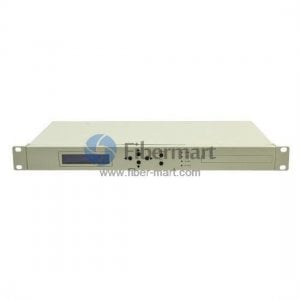

![Optical Amplifiers [Hardcover] [Jan 01, 2017] M . ALI, Optical Amplifiers [Hardcover] [Jan 01, 2017] M . ALI,](https://m.media-amazon.com/images/I/51dzKj8QOGL._SL500_.jpg)












